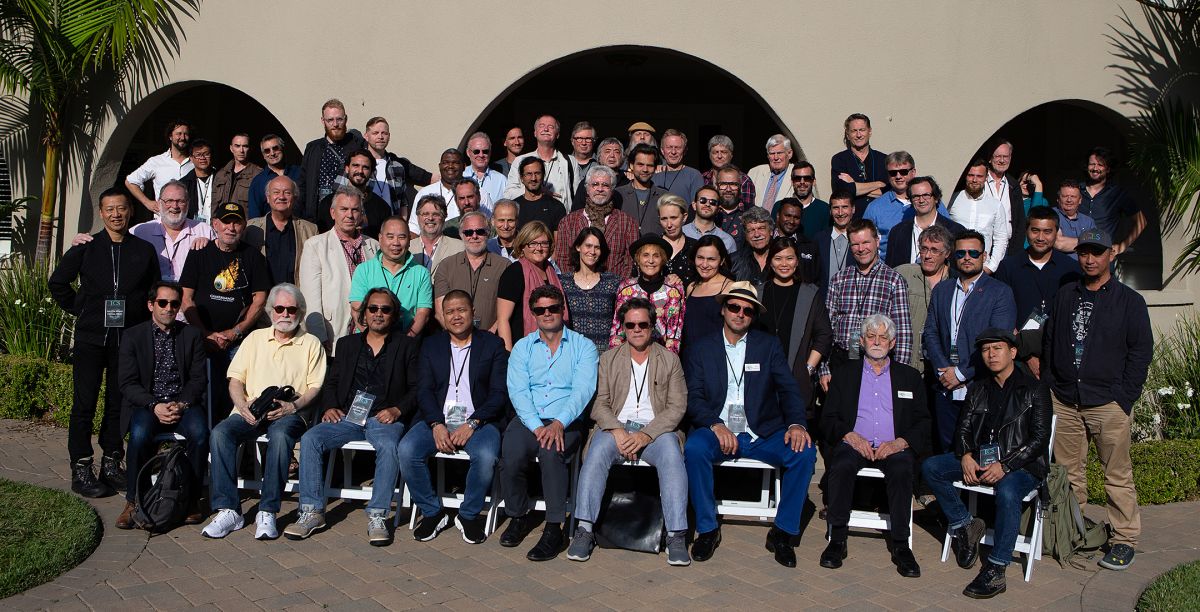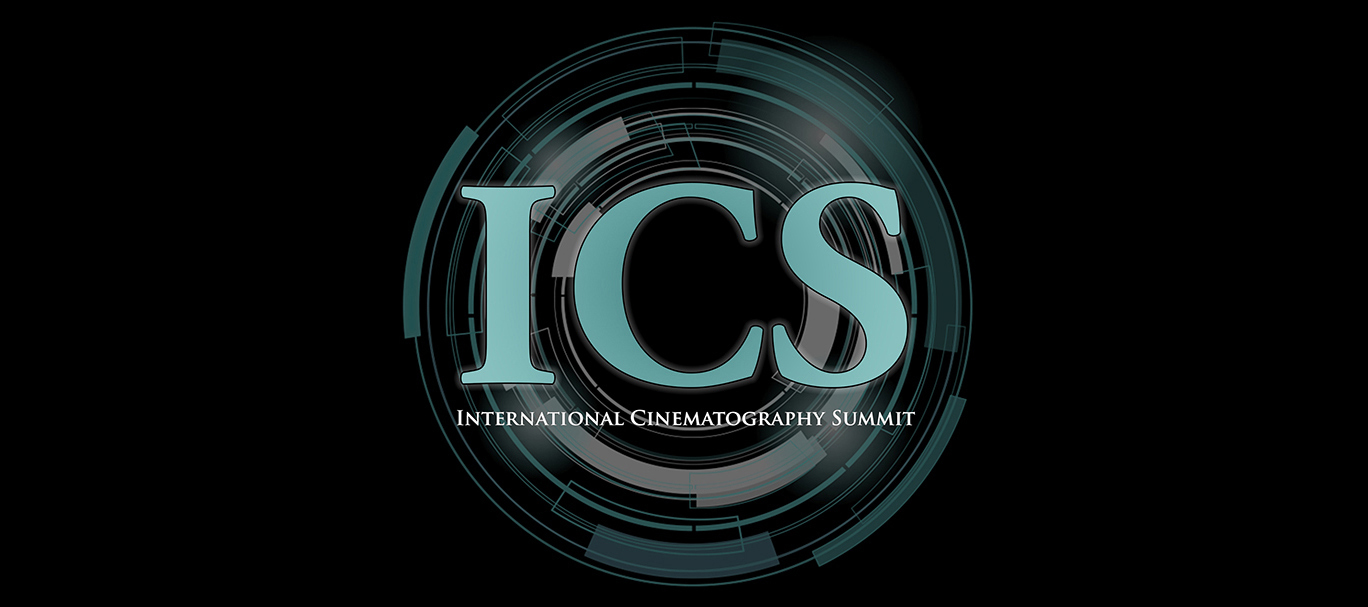
Beyond Borders: 2018 International Cinematography Summit
The bi-annual ICS conference offered a unique opportunity for motion picture professionals to demonstrate and discuss ideas.
For this unique four-day event, the American Society of Cinematographers invited peers from around the world to meet in Los Angeles to discuss creative, professional and technological issues and help define how cinematographers can maintain the quality and artistic integrity of their images.
Photos by Willie Toledo, Idan Menin and Alex Lopez.
Starting on June 4, the 2018 International Cinematography Summit (ICS) brought together representatives of some 30 cinematography societies from around the world, gathering at the historic ASC Clubhouse over four days to share their knowledge and experience.
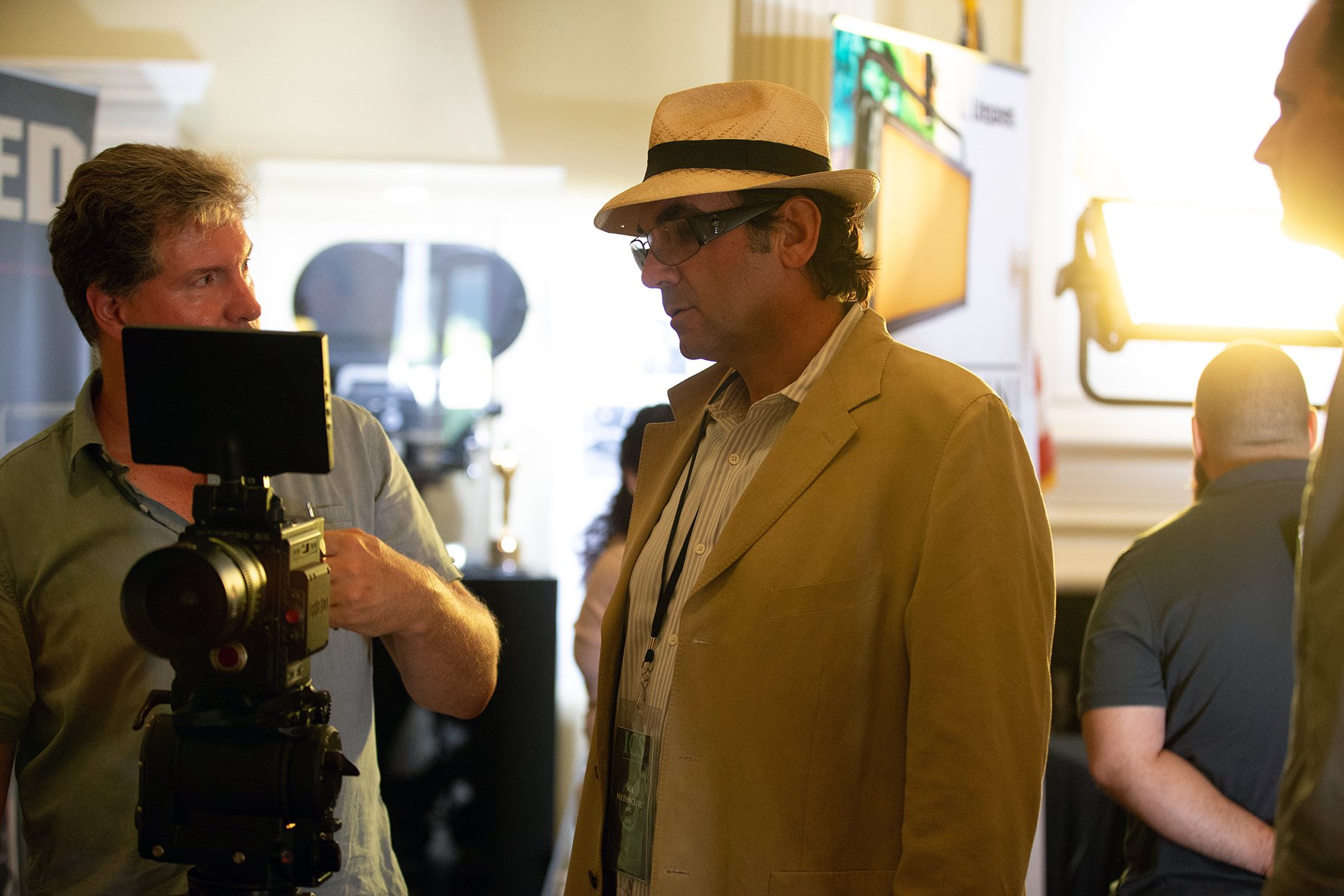
The ICS — attended by more than 60 peer participants — was organized and coordinated by the ASC International Committee, chaired by Suki Medencevic, ASC, who hails from Bosnia and Herzegovina. “We had a very ambitious agenda,” he admitted shortly after the event wrapped on June 7, taking a well-deserved break in Billy’s Bar during the ICS closing-night dinner celebration at the Clubhouse. “On one level, we were worried that we might have a little bit of an overload of information. On the other hand, we wanted to give enough time to everybody who wanted to participate and present to the group. We wanted to make sure we covered all the topics that we really wanted to cover while also making sure that our guests get introduced and were able to interact and discuss things creatively and technically.
“The business aspect of our work was also very important,” Medencevic continued. “We wanted to give guests a chance to talk to union representatives as well as agents and major vendor representatives. For some attendees, these are rare opportunities.
“However,” he noted, “as it always happens at events like this, we were also reaching critical mass in terms of the number of guests — it’s hard to say no when people volunteer their time. So we were very much kind of on our toes. ‘How can we pull this off?’ ‘What can go wrong, and what if something does go wrong?’ But, in the end, everything went beyond expectation, and the feedback from attendees has been amazing. They all absolutely loved it — people who had been to the Clubhouse before as well as people who were here for the first time. For some of them, it was even more overwhelming — being in Los Angeles, attending the Cine Gear Expo, and then coming to the Clubhouse and participating in the Summit. It was all something they’d never experienced before. But what was most important was the aspect of networking and interaction and getting to know each other and becoming one big, global community, which is really what we’re trying to build here.”
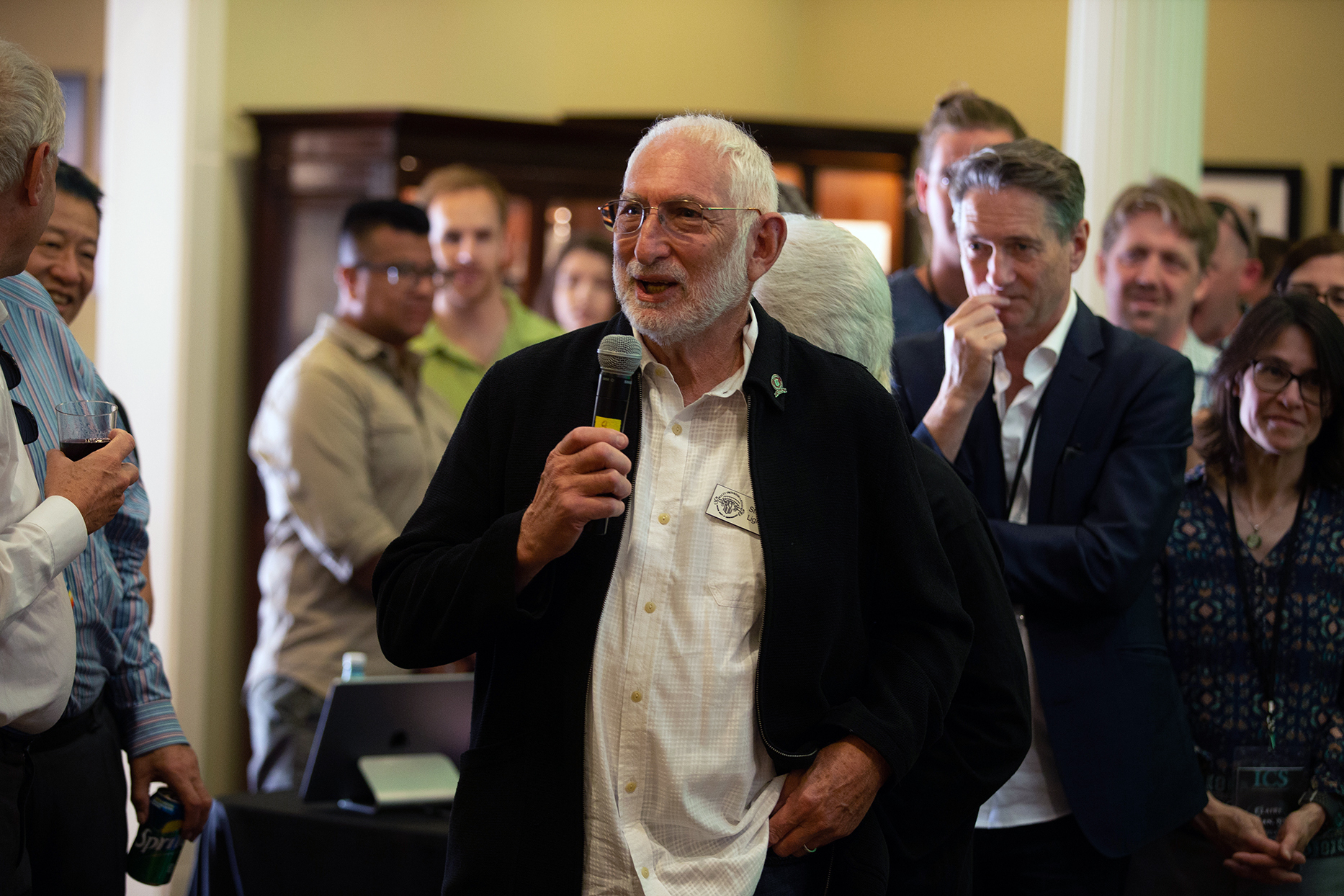
The schedule for the ICS took about a year to prepare, and was determined and plotted out through what Medencevic described as “a very democratic process. The ASC International Committee sat down and reviewed the previous ICS events [that took place in 2011 and 2016, coordinated, respectively, by ASC members Michael Goi and Frederic Goodich]. We looked into those agendas and circled the topics and angles that really worked. The agenda was then focused on four aspects of cinematography: artistry, technology, collaboration and business. Then the International Committee — which has more than 20 members — offered some great ideas and suggestions. We also reached out to scientists and technical people, asking them to tell us what developments or new technologies they could potentially demonstrate. What was on their map? Once we gathered all this information, all the subjects were discussed and analyzed item-by-item, and then put to a vote — yes or no?
“Once we came to the shape of a potential agenda,” Medencevic added, “the question was, ‘How are we going to organize this to make the schedule interesting?’ We didn’t want to get too heavy on artistic issues and completely undermine the technological aspect, which is such an important part of what we do. Also, since this was a Summit, bringing people together from around the world, creating the opportunity for networking was very important. It was also a rare chance to talk about the business of cinematography, which seems to be, to a lot of societies, still kind of unknown territory. How do we handle benefiting from safety on the set, reasonable working hours and being paid for what we do? I mean, let’s not forget that this is how we make a living. So these are some of the things that we really wanted to address. Finally, when we put everything together as our agenda, it was, ‘Okay, so how can we do this all in four days?’ There was a lot of scheduling and changes and shuffling things around, but on Monday morning, as we started the Summit, we had the final agenda, which worked.”
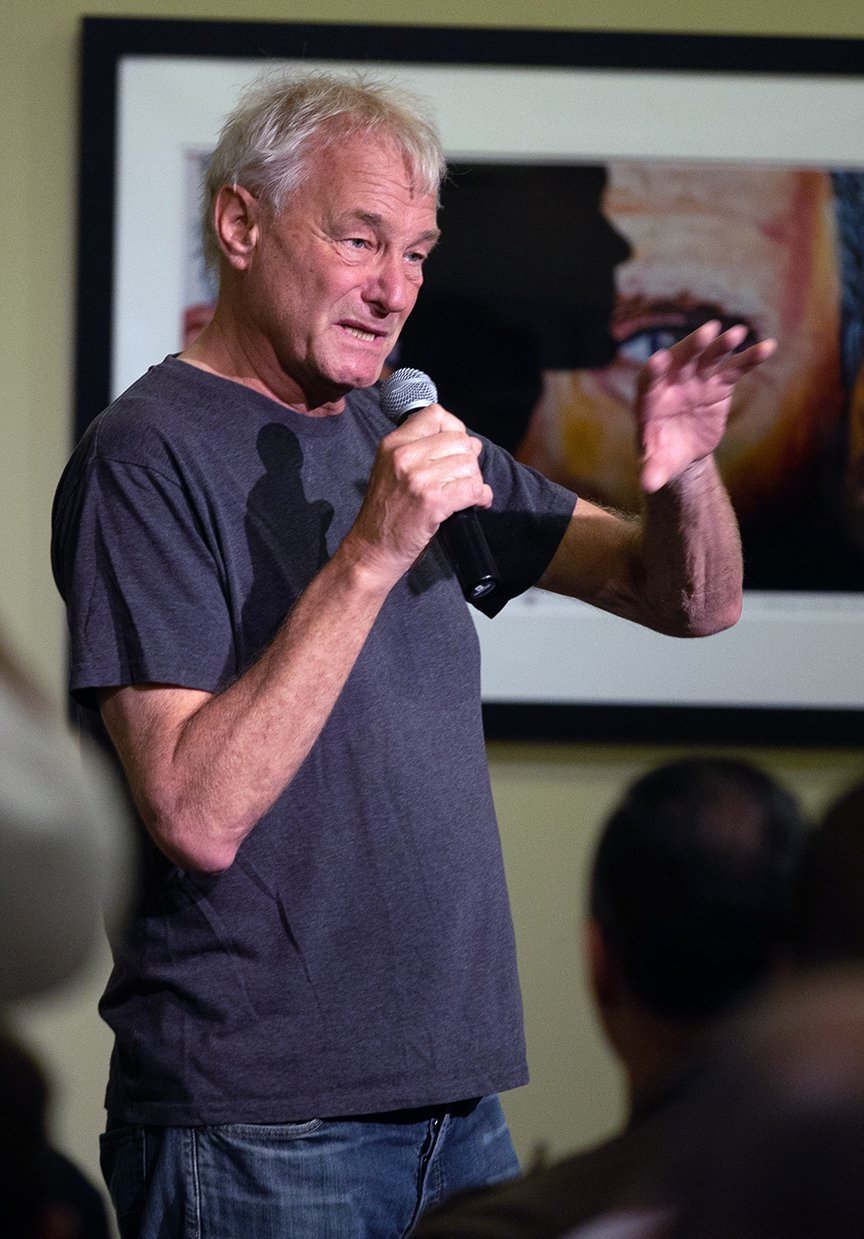
On June 4, following opening remarks to the assembled ICS attendees from ASC President Kees van Oostrum and Medencevic, the ambitious 2018 program began with a bus ride to the Universal Cinema AMC at CityWalk Hollywood, where the Summit attendees were treated to a 70mm Imax screening of Dunkirk, directed by Christopher Nolan and shot by Hoyte van Hoytema, ASC, FSF, NSC (AC Aug. ’17). Following the screening, AC contributor Jim Hemphill moderated a conversation with van Hoytema, Nolan and Dunkirk producer Emma Thomas; they discussed the traditional photochemical approach that they and their collaborators devised for the World War II drama.
“After Hoyte and I worked on Interstellar [AC Dec. ’14], we wanted to try to shoot [all of Dunkirk] large-format, as much as possible on film,” said Nolan. “It was also the first time we were able to do an all-photochemical finish on a large-format production, a process we took years to develop.”
Van Hoytema described the 65mm film format as “a clear and clean window to the world. Life captured by 65mm has such a richness that I don’t always feel as compelled to tweak or push things in a certain way. It looks beautiful in 65mm, and you can feel more relaxed as a cinematographer.
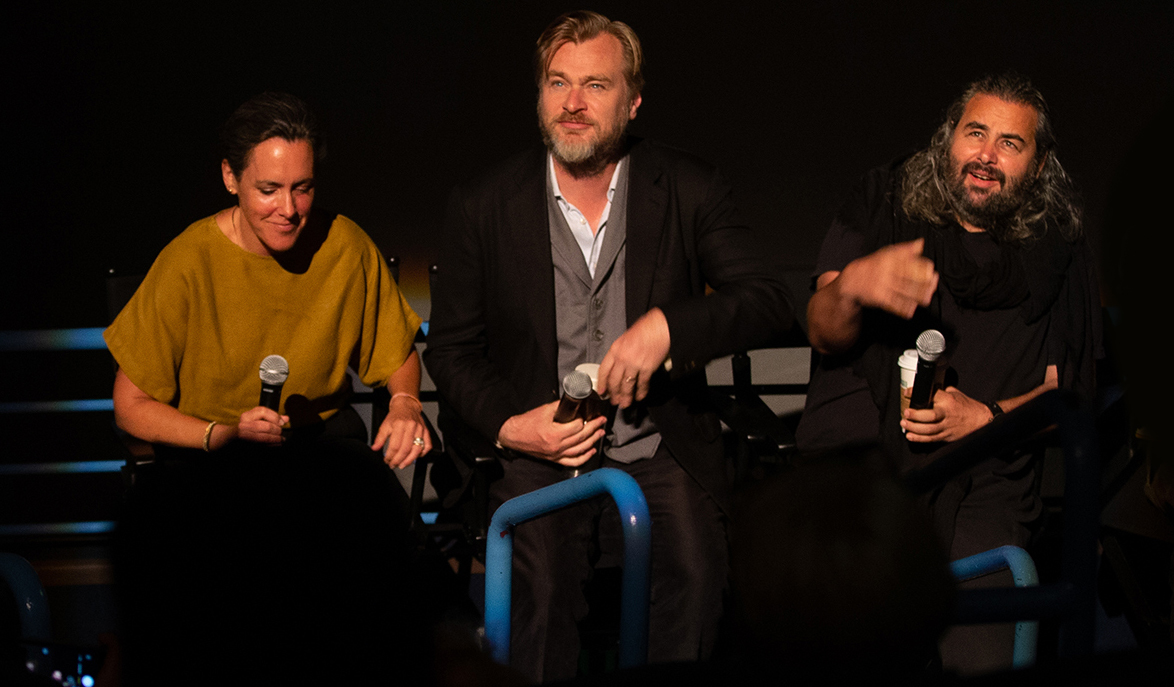
“The bigger the format, the more pure and more naturalistic the outcome,” van Hoytema continued. “You don’t need little extra pushes. You can let that go.”
“Before Chris and I even talked about formats,” Thomas recalled, “he said he wanted it to be experiential. He wanted people to be there with the characters. The logical next step is, of course, to shoot on large format, which is the most immersive.”
When it comes to convincing studios to shoot on film, “Chris doesn’t have any superpowers,” Thomas quipped. “This is just how films have been made forever. The truth is that you can make the numbers work any way you want. I’m not convinced that film is more expensive, although we didn’t do a side-by-side comparison. There are a lot of costs in digital that no one talks about. And film is still the best way to archive.”
“More and more people now want to shoot film,” van Hoytema noted optimistically. “It really makes you understand that there is a huge group of young, forward-thinking people who feel the need to preserve film. I’m positive it will find its place in the palette of choices.
“You should be able to pick both [film and digital] if it’s a creative choice,” he added. “Film should exist in the interest of all cinematographers. Even for those who like to shoot digital, it’s a healthier environment.”
(You'll find expended coverage on this discussion here.)
Back at the ASC Clubhouse that afternoon, cinematographer Adriano Goldman, ASC, ABC joined Hemphill for a richly illustrated conversation about his work on the first two seasons of the Netflix series The Crown. Goldman — who earned a 2018 ASC Award for his work on the series — reported that the basic parameters of shooting Season 2 didn’t differ much from those of the first season. “Same camera, same lens, same filtration, same way of lighting sets,” he said. “The period also didn’t advance too far.”
In prepping for the show, Goldman offered, “The main conversations were about the things we didn’t want — like unjustifiable backlight — and how to look different or fresher than other period shows. We wanted to rely on practicals, the ‘naked’ look. It shouldn’t look too glossy or even Hollywood-like.” He added, “The starting point was an ‘empty,’ glossy look — sophisticated but still real, from costumes to the light.”
Overall, because the Queen’s life doesn’t allow for much improvisation, the general rule of thumb is “less is more,” Goldman said. “That was the goal both with pace and coverage.
“I do what I do because of the actors,” he shared. “It’s always been my favorite thing to watch, and being an actor is the hardest thing in the industry. We didn’t want the camera to be far away from them; it should never feel ‘documentary,’ or that the camera is a character. We should be physically close to them, feel their breath. The realism is always the starting point.”
(You'll find expended coverage on this discussion here.)

The next day, John Bailey, ASC — president of the Academy of Motion Picture Arts and Sciences — welcomed attendees to the Linwood Dunn Theater in the Academy’s Pickford Center for Motion Picture Study in Hollywood. “Good morning, fellow cinematographers from here and around the world, and welcome to the AMPAS Pickford Center,” he said. “I greet you on behalf of my fellow Academy cinematographers to the Linwood Dunn Theater, named after a pioneer in motion-picture visual-effects technology and ASC great. This very building, like the ASC Clubhouse, is steeped in Hollywood history.” In the spirit of the Summit, Bailey left the attendees with the encouragement that “cinematographers today not only have the opportunity but the expectation that we’ll bring a global sense of what cinema is to our work.”
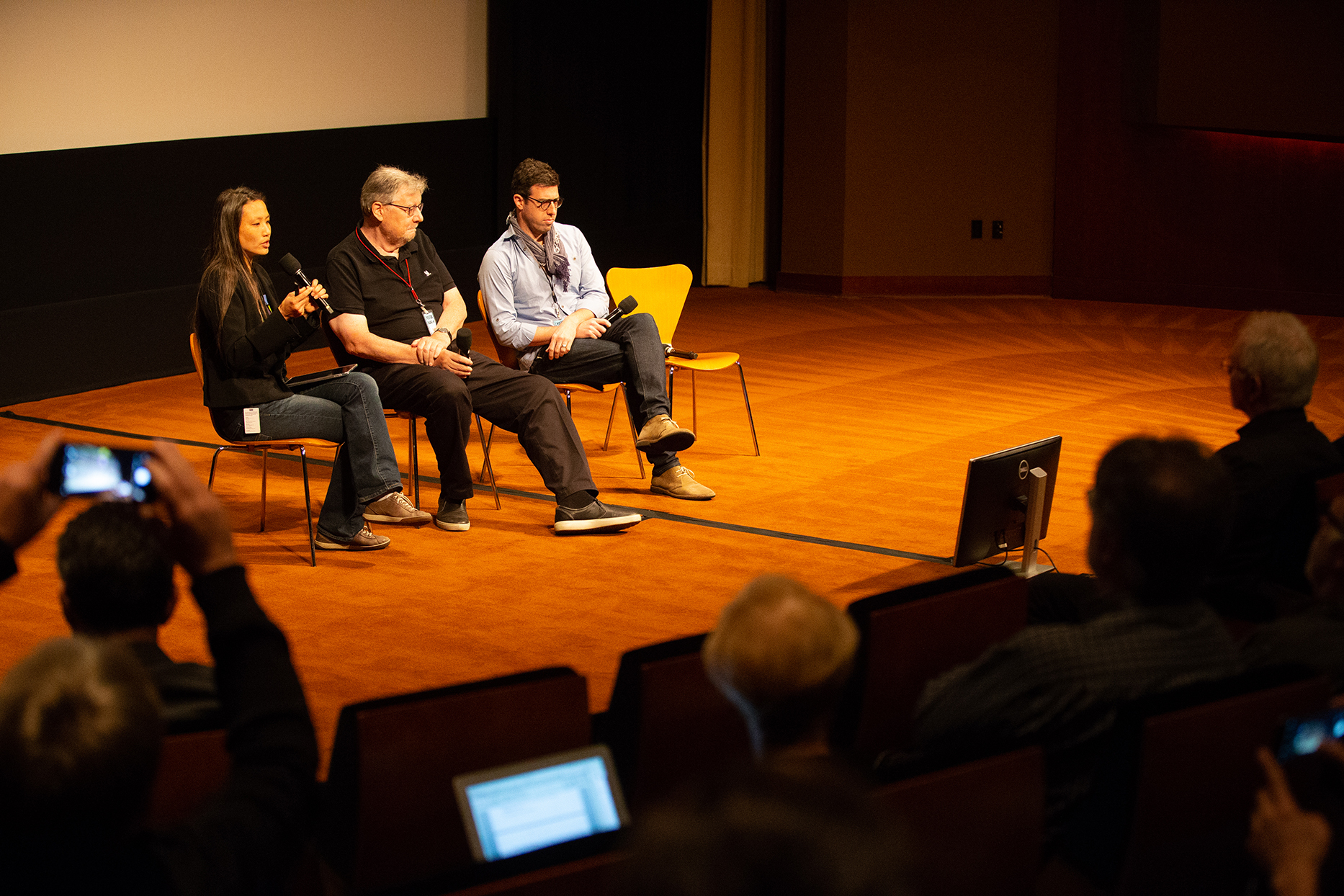
The first sessions at the Pickford Center focused on the creative advantages of using the Academy Color Encoding System. “ACES is a full set of data, metadata and file format specifications for digital production,” said Annie Chang, Universal Pictures’ vice president of creative technologies and the ACES Project chair. “You have SMPTE standardized components to help you create the look you want to get, and it’s implemented in cameras, DIT carts, color correctors and VFX software. It’s a basis for clear color communication everywhere.
“It forces questions to be asked at critical points in the pipeline that are necessary for consistent color reproduction on every display,” Chang continued. “What types of LUTs are you planning to use? Who’s making the LUTs? Are they usable for all displays? These questions are important, and sometimes we forget to ask them ahead of time. It maintains maximum image fidelity throughout the workflow and reduces pre-grade time, leaving more time for creativity. It also enables HDR and wide-color-gamut deliverables without committing to a proprietary technology, and provides a future-proof archival element.”
The AMPAS presentations also included developments with solid-state lighting sources such as LEDs, and the Academy’s recent archival activities. On the SSL front, ASC associates Joshua Pines and George Joblove discussed the Spectral Similarity Index (SSI), which is expressly designed for the spectral evaluation of solid-state fixtures. “Seeing color is normally considered to be a three-part system: light source, objects reflecting light which have their own reflective properties, and our eyes,” offered Pines. “Unfortunately, that’s not the world we work in. We have [the] same light source and objects, but now we have a camera looking at the object instead of our eyes, then color correction, some sort of image display, and then our eyes see that image on that display. So it’s much more complex. For the purposes of analyzing solid-state light sources, we can limit this to image capture.
“Lamp color quality can be described by the Color Rendering Index [CRI], but it only describes colors as seen by the eye, not as seen by the camera,” he further explained. “The eye, film, and digital cameras all see colors differently — and lamp spectrum affects skin tone, makeup, costumes, props and sets.”
(You'll find expended coverage on this discussion here.)
Here’s a breakdown of some of the additional presentations and discussions that took place:
• Creating a Visual Approach for Mindhunter
Visiting Dolby’s HDR theater in Hollywood, the capabilities of the Dolby Vision exhibition system were demonstrated, with the presentation then turning to postproduction work done on David Fincher’s stylish Netflix series, the first season of which was photographed by Christopher Probst, ASC and Erik Messerschmidt.
• ICS Delegate Presentations – Part I
At the ASC Clubhouse, Summit participants were given time to offer information and insights to the assembly, ranging from recent technological advances and the global importance of IMAGO — the European Federation of Cinematographers — to a psychological breakdown of how images are perceived by the audience.
• LCD New Cinema Display Demo
The group traveled to the nearby Pacific Winnetka Theater to examine a new Samsung HDR emissive cinema display. There they screened ASC StEM demo footage; HDR tests conducted by Bill Bennett, ASC; and the HDR short Meridian, directed by Curtis Clark, ASC and photographed by Markus Förderer, BVK (AC Oct. ’16).
• At Panavision: Large-Format Production
ASC associate Dan Sasaki, Panavision’s vice president of optical engineering, offered his perspective on the company’s latest lenses designed for large-format film and digital use. Fellow associate member Michael Cioni, Panavision’s senior vice president of innovation, then discussed the DXL2 camera system and its 8K capabilities.
• Where Film Meets Digital
At FotoKem — now the largest full-service lab in Los Angeles — Steve Yedlin, ASC discussed his work on Star Wars: The Last Jedi (AC Feb. ’18), breaking down his postproduction image processing and control approach, which allowed him to invisibly mix film and digital formats.
• ICS Delegate Presentations – Part II
During this second round of presentations by summit participants, ASC Vision Committee members discussed the importance of creating opportunity and establishing diversity on crews; a new documentary on the esteemed Robby Müller, NSC, BVK was screened; and IATSE Local 600 President Steven Poster, ASC and his union colleagues shared an eye-opening demo on vital steps that should be taken to ensure crew safety on the set.
• The Business of Cinematography
Medencevic moderated two sessions on this topic, the first of which featured representatives from Netflix and Amazon Studios discussing their respective future production initiatives and technical requirements. The second offered a candid discussion featuring top agents observing recent hiring trends and changes in how cinematographers promote themselves and build their careers. The participating societies then screened reels representing the past and present work of their members.
“Our goal as the host of the ICS was not only to create this program, but also to give a platform to our guests to present their work and contribute to the Summit in the spirit of collaboration and camaraderie,” said Medencevic in conclusion. “It’s worth noting that this Summit was the largest so far, and the atmosphere of collaboration and friendship is what this event will be remembered for. With the changes and challenges that our profession is facing on a daily basis, the need for a stronger global cinematographer community is greater than ever before, and the ASC is proud to be at the forefront of that initiative.”
Additional reporting by Debra Kaufman.
As the ICS was not open to the general public, we'll be posting multi-part series of reports on the program and its unique events, which covered a multitude of issues of interest to all filmmakers, from new technology to restoration efforts to the psychology behind image making.
We'll be updating this article and making announcements as our reports are completed and posted.
You'll find complete coverage on the 2016 International Cinematography Summit here.
